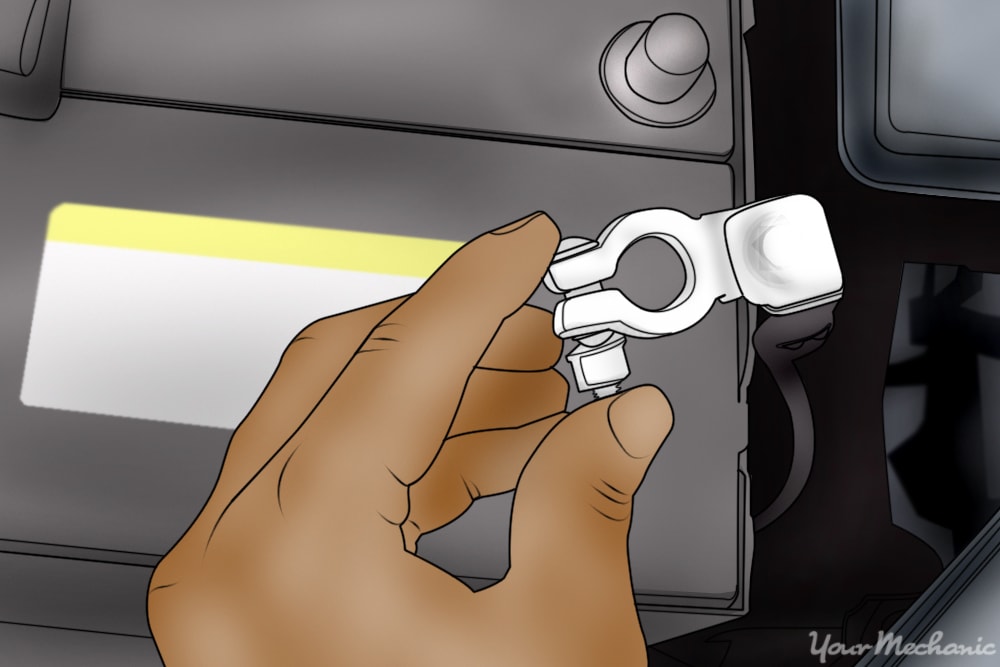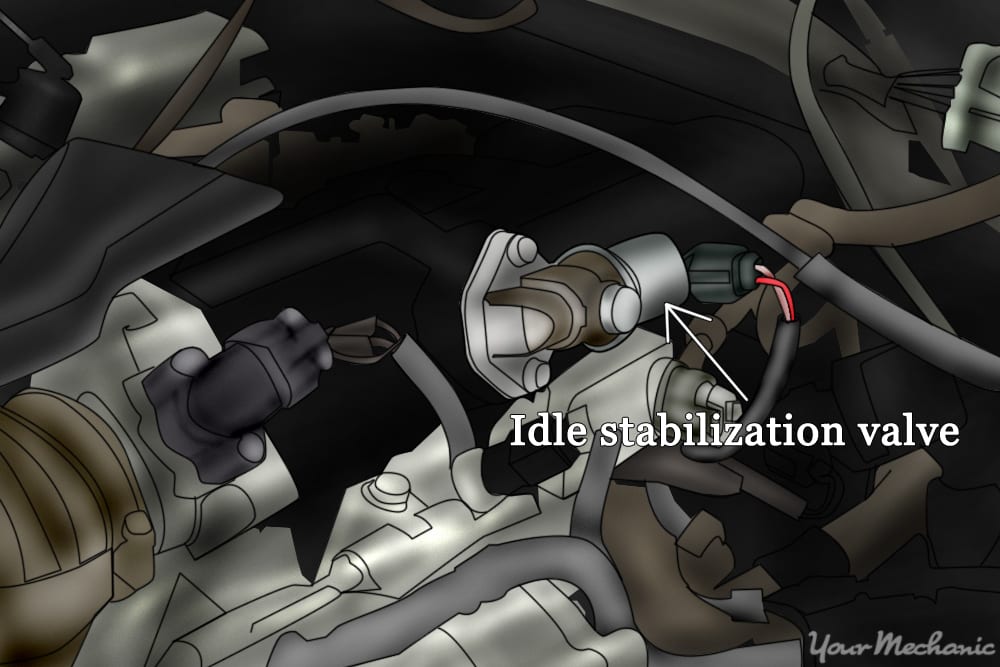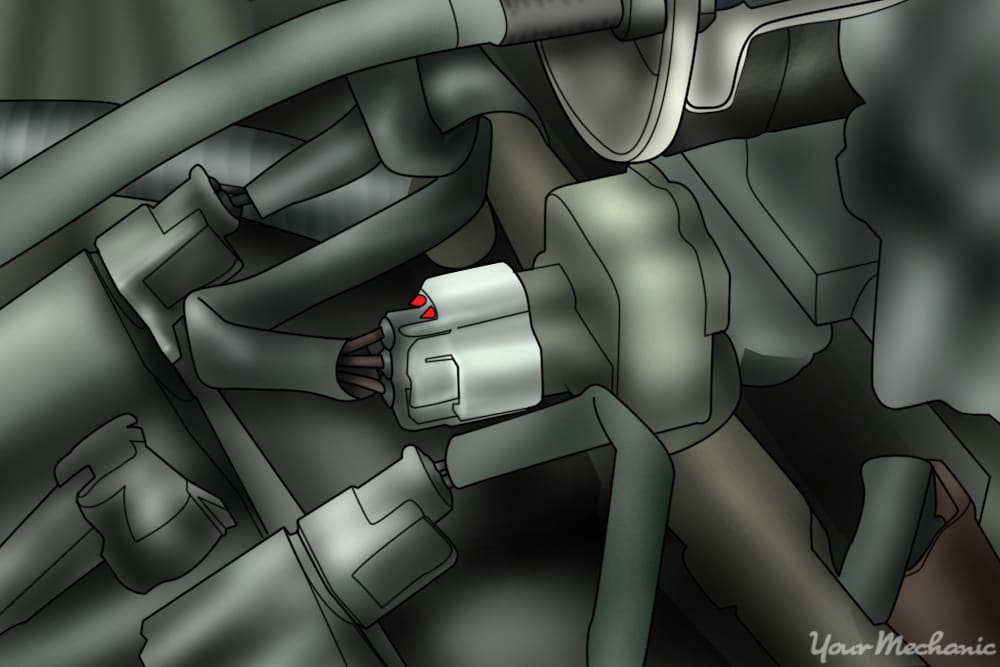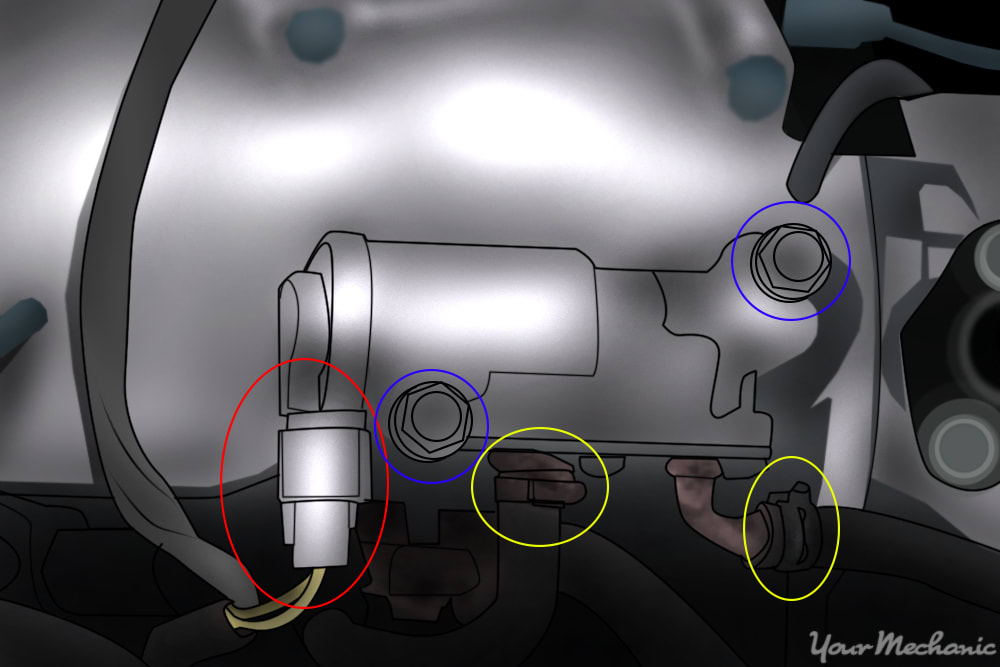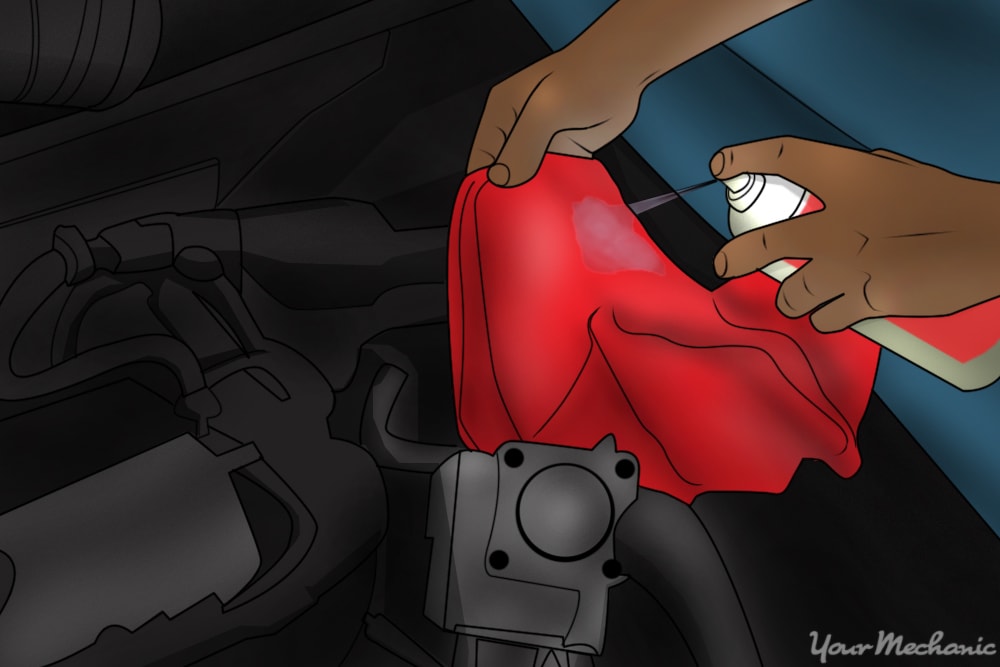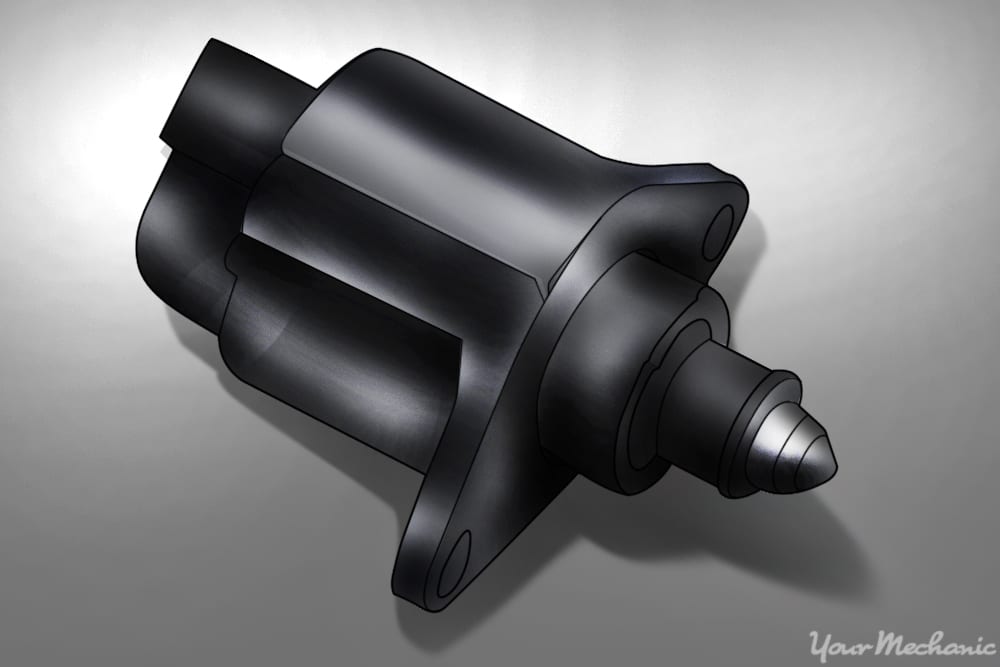

The speed of an engine’s RPMs while at a stop is called idle or idle speed. With the vehicle at a stop and no gas being applied by the driver, the computer must maintain a minimum number of RPMs so that the engine is still on and ready to go at any moment. Your vehicle’s idle speed should remain the same while at a complete stop. This steady pace is mandated by the vehicle’s idle control valve, which is also known as an idle air control valve.
A failing valve can cause the check engine light to come on, rough idling, stalling, and sudden increases or decreases of RPMs while at a stop. These valves can also accumulate carbon buildup which causes issues with the valve and surrounding components.
Sometimes the valve itself needs to be replaced, while other times cleaning the valve and other involved components around it can improve function and communication between the valve and the computer. Newer models are less likely to be serviceable or capable of being cleaned.
Part 1 of 1: Replacing an idle control valve.
Materials Needed
- Cleaner for throttle
- Pliers (if needed)
- Replacement idle control valve
- Socket set and ratchet
Step 1: Disconnect the battery. Disconnect the negative battery cable from the battery and set it aside.
Step 2: Locate the valve. The location of the idle control valve will depend on the make and model of your vehicle. Your vehicle’s owner’s manual will have information on the exact location. The valve will nearly always be located on the intake manifold.
Step 3: Disconnect the wiring harness. Locate the wiring harness connected to the valve and release the electrical terminal from the valve.
There will be a clip or a tab to disconnect, and it might be easier to gently remove it with a pair of pliers.
Step 4: Remove the old idle control valve. Remove each of the valve’s retaining bolts.
With the bolts and wires now removed, the valve should just pull out of place.
Step 5: Clean the seat. With the seat for the valve exposed, use the throttle body cleaner to clean the area you will attach the new valve to. This assures a clean seal between the valve and its seat.
Step 6: Install the new valve. First, compare the old valve you are replacing with the new valve. Verify that the wiring terminals, retaining bolt pattern, and seat placement are all the same.
Then put the new valve in place and install the retaining bolts, hand tightening them to the seat. Use your socket and ratchet to snug them down gradually one by one.
- Warning: Do not overtighten the bolts because it may cause a leak or improper function with the system.
Step 7: Reinstall the wiring harness. Reattach the wiring harness to the valve. Ensure the terminal is making a proper connection and the clip is fully engaged to secure this connection.
Step 8: Reconnect the battery. Reattach the negative battery cable to the battery. Tighten down the bolt so that any engine vibration won’t rattle it loose. This will restore power to the vehicle.
Step 9: Test the idle speed. Start the engine and observe idle speed. Depending on your particular vehicle and ambient air temperature, your idle speed should hold steady between 550 RPMs (at the very lowest when it’s hot outside) and 1,000 RPMs (at the highest and at lower temperatures).
Having a properly working idle control valve will make a huge difference in the driveability of your vehicle. Even beginners should be able to replace this valve. However, you can always contact one of the certified technicians from Yourmechanic to replace your idle control valve for you.



